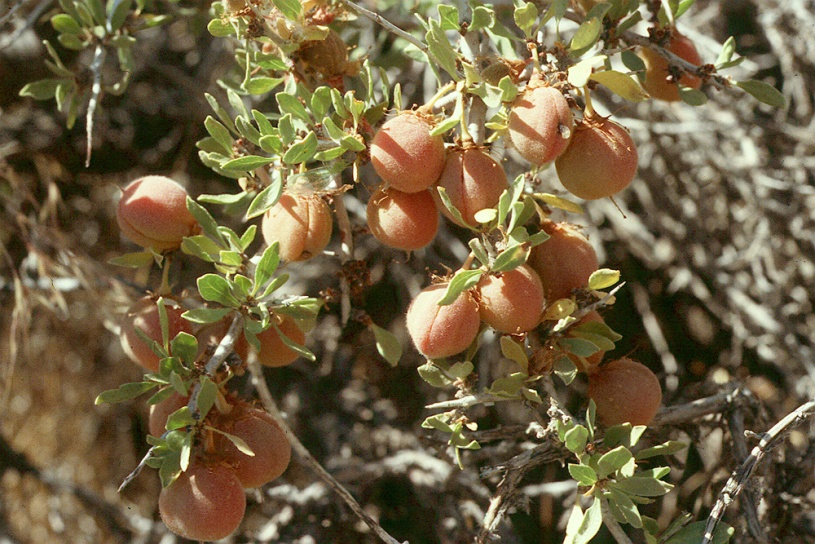Unconventional alliances are formed over challenging conservation species.
Just about everything about the “Gene Conservation of Tree Species – Banking on the Future” conference, held this past 16-19 May in Chicago, seemed unconventional.
First of all, we were meeting on the 14th floor in downtown Chicago, America’s third largest urban space, fairly far from the majority of trees and other species of conservation concern that I imagined to be the focus of the conference. Second, we visited beautifully managed prairie and woodland on the Fermilab campus, one of the highest tech places in the U.S., if not on earth.
But these challenges to my understanding of how conservation tends to work were minor compared to conceptualizing how the attendees were going to to learn from one another, much less form productive alliances. On one side were U.S. Forest Service-people, many of which were on-the-ground professionals battling for the survival of (formerly) widespread keystone tree species such as ash (Fraxinus spp.), pine (Pinus spp.), and butternut (Juglans cinerea- a walnut crop wild relative), due to combinations of exotic pests and diseases and changes in temperature and precipitation throughout their ranges. On the other side were the botanic gardens, both international and American in network, who are all too increasingly often caretaking the last few individuals of highly threatened plant species. In the middle were numerous plant conservation related organizations, including Agricultural Research Service representatives such as myself.
From someone that has been to quite a lot of conferences lately, this conference was really well organized. The talks were just the right length, and many were engaging if not passionate. The taskmasters kept us all on task. The field trip, which also included a visit to the Morton Arboretum and a reception dinner presentation with Sir Peter Crane on the plight of the ginkgo and other iconic plant species, was breathtaking. Perhaps this level of organization was the key, then, to getting these disparate groups to enjoy talking to one another about their very serious scientific, funding, and political challenges.
We ended the final day with discussion of main challenges and their potential solutions, divided into three parts: ex situ, in situ, and restoration. From the somewhat middle-ground and the very-used-to-being-the-odd-researcher-out perspective (us crop wild rellies never quite fit the conventional box!), I thought the discussion was enlightening in the sense that the practitioners face similar challenges although on differing scales, particularly with regard to funding (or lack thereof), germplasm availability (or lack thereof- particularly for scaling up for restoration efforts), data sharing (or lack thereof- many data systems that do not easily share with other systems), and communicating effectively to policymakers and to the public about their important conservation roles.
I returned home really worried about threatened tree species, but quite inspired by the dedication and solution-oriented attitude of the conservation community working on them. And looking forward to collaborating with USFS, Botanic Gardens, and many other institutions in the U.S. and abroad on the conservation of our tree (and other!) crop wild relatives.
P.S. we were happy to have been given the opportunity to present on conservation priorities tree crop wild relatives in the U.S. Presentation below!
Conservation Priorities for Tree Crop Wild Relatives in the United States
Update! We published an article based on our presentation/work:
Khoury CK, Greene SL, Williams KA, Sosa CC, and Richards C (2017) “Conservation Priorities for Tree Crop Wild Relatives in the United States”. In: Sniezko RA., Man G, Hipkins V, Woeste K, Gwaze D, Kliejunas JT, McTeague BA (tech. cords.) Gene conservation of tree species–banking on the future. Proceedings of a workshop. Gen. Tech. Rep. PNW-GTR-963. Portland, OR: U.S. Department of Agriculture, Forest Service, Pacific Northwest Research Station: 31-36.
written by Colin K. Khoury
